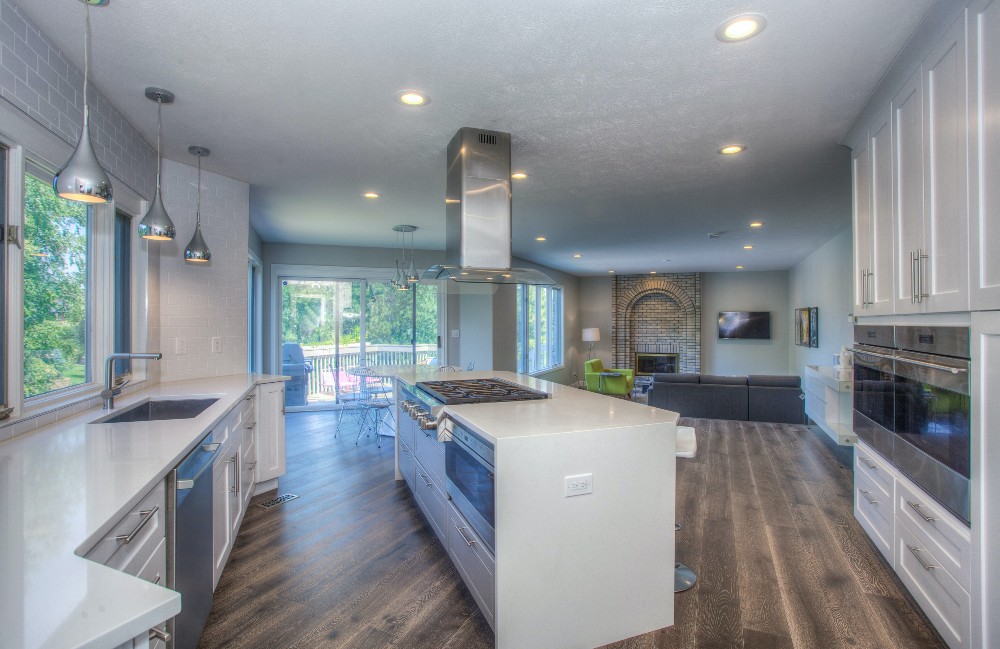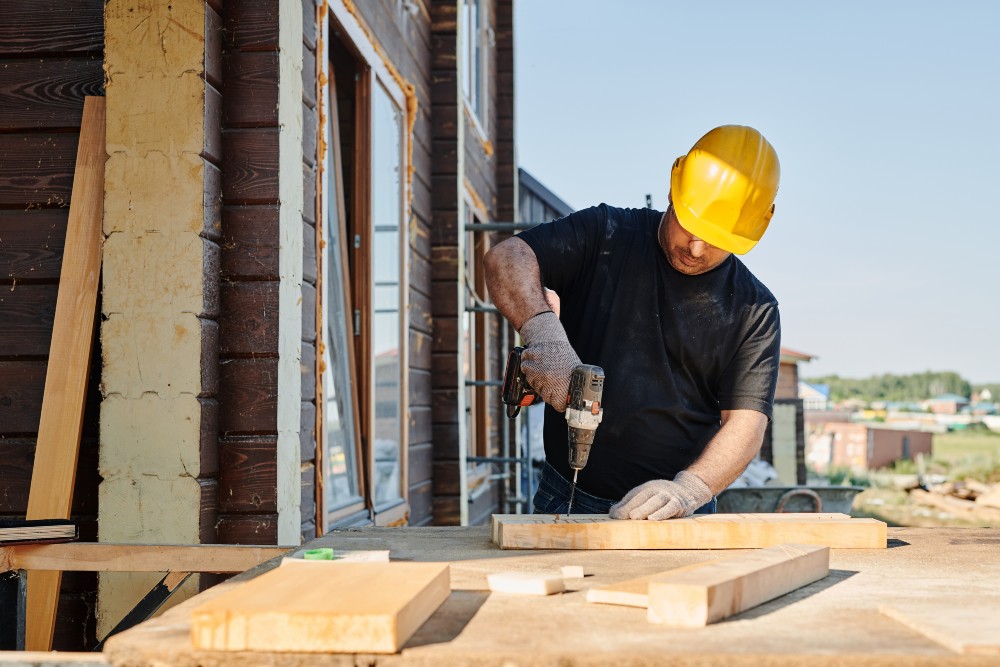A brief summary
Rehab financing has been the saving grace for many fix and flip investors who need to make sure that a property is renovated and repaired before they can sell it again. There are different ways to finance a rehab project but either way, rehab financing is often the way to go for those who need to complete a project.
Table of Contents
Whether you’re looking to do a major kitchen renovation, convert your garage into a home office, or do a roof repair, rehabbing a property isn’t cheap. Most people will need to find the funds for a property rehab through a loan. Which is where rehab financing comes in. There are various types of loans used for rehab financing, which have different requirements and different benefits. You should get to know each type before you begin searching for a lender. So, let’s delve into the topic of rehab loans and how they work.
What is rehab financing?
Rehab financing comes in different forms, but one thing most rehab loans have in common is the purpose for which they’re designed. Rehab financing typically covers:
- Renovations to your existing home
- Home improvements and repairs to a home that you are buying
- Moving your existing home to a new site
The most common form of rehab financing is a rehab loan called the 203(k) loan, which provides the finances needed to purchase a home and renovate it. It also allows you to refinance your existing home to cover renovation projects that you may want to do. The 203(k) loan functions like a mortgage, by allowing you to pay your rehab back slowly over time.

How do rehab loans work?
The total cost of the rehab is divided up over time, to allow the homeowner to pay it back in increments. Rehab loans usually add the cost of the rehab to the home’s mortgage, which means that a homeowner can pay 1 amount every month.
The 203(k) rehab loan is insured by the Federal Housing Administration (FHA), which means that these loans are lenient and more flexible than credit cards and other financing options. They typically offer lower interest rates as well, which is a huge drawcard for investors and homeowners alike. The amount that you can borrow depends on the FHA limits in your area, however loans can be as little as $5,000 and go up to about 110% of your property’s value. However, the rehab project will need to be completed in 6 months with a 203(k) loan.
Types of rehab loans
1. 203(k) loans
Standard 203(k) rehab loan: This type of loan is geared towards bigger projects that are going to cost a lot, and you’ll need to hire a consultant that has been approved by the HUD (Department of Home and Urban Development). Standard 203(k) loans start at $5,000 and offer borrowers a fixed or variable interest rate option, along with flexible loan length and terms. It covers projects like landscaping, roofing, structural improvements, site relocation, septic and sewage improvements and more. Bear in mind that a post-rehab inspection is necessary when taking this type of loan.
Limited 203(k) rehab loan: This loan is aimed at people who are doing minor renovations such as painting, replacing flooring, gutter repairs, appliance replacements and so on. Borrowers can get faster approval on a loan like this, because the limited 203(k) loan has a maximum amount of $35,000. The loan offers variable or fixed interest rates, as well as flexible terms and length. No post-rehab inspection is necessary with this loan.
2. Hard money loans
Another option for financing a rehab project is to use hard money loans. These are often approved quickly, so your project can get started sooner. Interest rates on these can be higher, however the terms and length are often flexible and up for negotiation depending on the project. These loans are often easier to get approved because the lending criteria isn’t as strict.
3. Unsecured personal loans
Personal loans are a good option for people who don’t want to use their home equity. These loans tend to have higher interest rates and they often have a maximum of $35,000. These loans require good credit scores to get the best interest rates, however personal loans can still be offered to those with lower credit scores. These loans can be used for almost any purpose and are typically available on short notice.
4. Home equity loans (HELOC)
The interest rates on HELOC loans tend to be competitive, however you may need to pay extra fees to close these. These are fixed-rate lump sum loans with monthly repayments that will remain the same for the duration of the loan term. A HELOC loan has a credit limit and works best for borrowers who can make a few large payments over time. With this loan, the home is used as collateral so borrowers that fail to make their payments can land in hot water.

How to finance a rehab property
Applying for a loan for a rehab project can be broken down into these steps:
Step 1: Decide to rehab a home that you’re going to purchase or choose to renovate your current home.
Step 2: Find a lender who offers the type of loan that would suit your needs best. This will also require knowing which projects you’d like to undertake and put together cost estimates for these.
Step 3: Find reputable contractors to do your repairs and renovations and have them submit bids for each project and give this to your lender. Along with this, your lender will need the current value of the property, and the estimated after-repair value.
Step 4: Next, the lender will do underwriting on the loan to determine how risky the deal is for them, and if it’s worth their while to take on.
Step 5: Once the underwriting is done, the loan is approved, and you can begin your project.
How do you qualify for a rehab loan?

Conventional rehab loan requirements
The main criteria to qualify for a rehab loan are:
- Find a property that needs repairs or upgrades.
- Find a qualified lender to apply for a loan with.
- Meet the basic requirements of the loan. These differ from lender to lender, so keep in mind that while some lenders may require a certain credit score, others may not. Conventional loans sometimes require a down payment of 5%, but they can also go up to 20%.
Non-conventional rehab loan requirements
The requirements for non-conventional rehab loans such as personal loans or hard money loans differ between each lender. Some lenders may require collateral, some may not, some loans may require a higher credit score, some may not. The best plan is to do your homework thoroughly with the lender and loan that you’ve chosen, and make sure that you get to grips with all the requirements beforehand, so that you can fulfil them.
The bottom line on rehab financing
Rehab financing can be a saving grace for many investors and home buyers, however the choice is heavily dependent on each individual situation. For some, a personal loan may be easier, and for others a 203(k) loan may be the best solution. Either way, before you apply for rehab financing, make sure that you’ve got a good grasp on which projects you’d like to do, what they will cost and who can do them, as well as what your credit score is.



